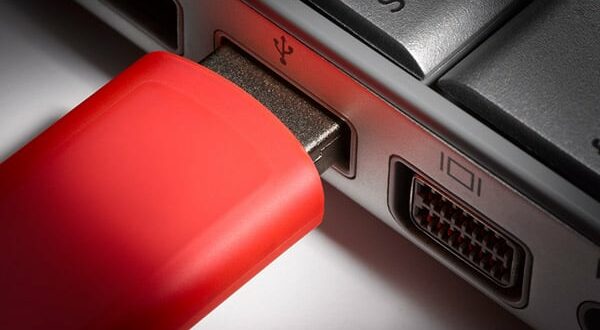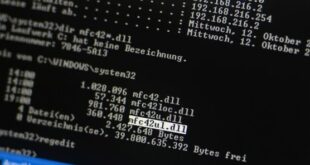A team of researchers have created a proof-of-concept piece of malware that can give attackers control of USB smart card readers attached to an infected Windows computer over the Internet.
The malware installs a special driver on the infected computer which allows for the USB devices connected to it to be shared over the Internet with the attacker’s computer.
n the case of USB smart card readers, the attacker can use the middleware software provided by the smart card manufacturer to perform operations with the victim’s card as if it was attached to his own computer, said Paul Rascagneres, an IT security consultant at Luxembourg-based security auditing and consulting firm Itrust Consulting, last week. Rascagneres is also the founder and leader of a malware analysis and engineering project called malware.lu, whose team designed this USB sharing malware.
There are already documented cases of malware that hijacks smart card devices on the local computer and uses them through the API (application programming interface) provided by the manufacturer.
However, the proof-of-concept malware developed by the malware.lu team takes this attack even further and shares the USB device over TCP/IP in “raw” form, Rascagneres said. Another driver installed on the attacker’s computer makes it appear as if the device is attached locally.
Rascagneres is scheduled to showcase how the attack works at the MalCon security conference in New Delhi, India, on November 24.
Threatens smart card security
Smart cards are used for a variety of purposes, but most commonly for authentication and signing documents digitally. Some banks provide their customers with smart cards and readers for secure authentication with their online banking systems. Some companies use smart cards to remotely authenticate employees on their corporate networks. Also, some countries have introduced electronic identity cards that can be used by citizens to authenticate and perform various operations on government websites.
Rascagneres and the malware.lu team tested their malware prototype with the national electronic identity card (eID) used in Belgium and some smart cards used by Belgian banks. The Belgian eID allows citizens to file their taxes online, sign digital documents, make complaints to the police and more.
However, in theory the malware’s USB device sharing functionality should work with any type of smart card and USB smart card reader, the researcher said.
In most cases, smart cards are used together with PINs or passwords. The malware prototype designed by the malware.lu team has a keylogger component to steal those credentials when the users input them through their keyboards.
However, if the smart card reader includes a physical keypad for entering the PIN, then this type of attack won’t work, Rascagneres said.
The drivers created by the researchers are not digitally signed with a valid certificate so they can’t be installed on versions of Windows that require installed drivers to be signed, like 64-bit versions of Windows 7. However, a real attacker could sign the drivers with stolen certificates before distributing such malware.
In addition, malware like TDL4 is known to be able to disable the driver signing policy on 64-bit versions of Windows 7 by using a boot-stage rootkit—bootkit—component that runs before the operating system is loaded.
The attack is almost completely transparent to the user, since it won’t prevent them from using their smart card as usual, Rascagneres said. The only giveaway might be the blinking activity led on the smart card reader when the card is accessed by the attacker, he said.
PC World
 Conspiracy Plot
Conspiracy Plot




